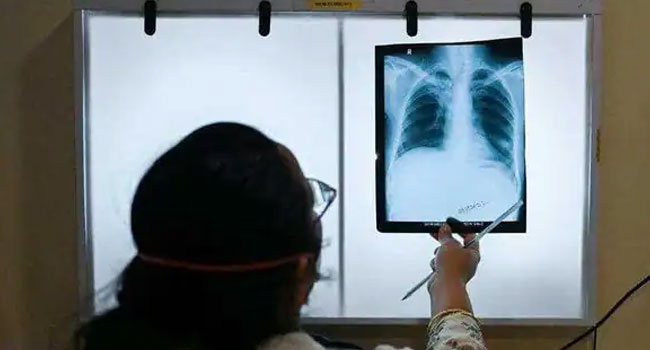Palliative Care for TB Patients in BD: Necessity or Luxury?
- Saima Huda
- 20 March 2024, 13:27
Imagine, living in a country where 2 out of 1000 people around you is a patient of a contagious disease that can affect your health. No, it’s neither Covid-19 nor it’s variant. This is an infectious disease caused by Mycobacterium Tuberculosis and it is known as Tuberculosis (TB). Does this sound familiar? I’m sure you have seen an advertisement from the Bangladeshi Government where they created awareness by picturizing a TB patient completing the free medication course (funded by the BD Gov.) on time and becoming cured. They even had a famous tagline that was: “Jokkha hoile rokkha nai, ei kothar bhitti nai” which stands for – it’s a baseless rumor that there’s no cure for TB. So, as the patients already have access to medical support for TB then are we safe?
Bangladesh is the 7th highest TB burden country in the world. With an estimated incidence rate of 221/100,000 population, 344,000 people are suffering from TB in Bangladesh now. 42,000 people die out TB per year in Bangladesh with a mortality rate of 25/100,000 population. Bangladesh has made good progress in identifying TB cases as 85% cases are being identified by the health workers and 95% of them are completing treatment. Over the last 10-15 years, the incidence of TB in Bangladesh almost remains same as 221/100,000 population. Factors like high incidence of diabetes, low nutrition and crowding are contributing to the high incidence of TB in the country.
Latent TB is a key challenge of National Tuberculosis Program (NTP) in Bangladesh. This is a condition where the TB germ remains dormant in the body without causing any problem but with the risk of becoming active anytime and causing the disease. NTP is trying to address this threat of latent TB by introducing TB preventive Therapy which is difficult to popularize because many latent TB cases don’t like to take TB pills though in lower dose.
Presently, one of the neglected aspects of TB service in Bangladesh is palliative care. According to the World Health Organization (WHO), palliative care is an approach that improves the quality of life of patients (adults and children) and their families who are facing problems associated with life-threatening illness. It prevents and relieves suffering through early identification, correct assessment and treatment of pain and other problemswhether physical, psychosocial, or spiritual. Palliative care is explicitly recognized under the human right to health. The 7 Cs of palliative care are communication, coordination, control of symptoms, continuity, continued learning, carer support, and care of the dying.
For the last C- that is the care of the dying; very few people, belonging to the richest communities in Bangladesh can ensure certain palliative care for themselves according to the demand of their health conditions and the majority just rely on their family for that. Palliative care is still an alien concept in Bangladesh and perhapsmany readers of this article never heard of this before. For a disease like TB – there is significantly a crying need for time to ensure proper palliative care. The main reason is the disease has the power of being contagious. The health policy leaders of Bangladesh may also consider the need of palliative care for the thousands of TB patients who are dying every year before it’s too late to take into account.
About the author:
Saima Huda
Public Policy Enthusiast
Master of Public Policy (MPP) Graduate
Simon Fraser University
Vancouver, BC, Canada
Hyperlinks of the references:
1. https://www.ncbi.nlm.nih.gov/pmc/articles/PMC7886225/
2. https://www.who.int/news-room/fact-sheets/detail/palliative-care
3. https://www.youtube.com/watch?v=fBRe7va_DJk


